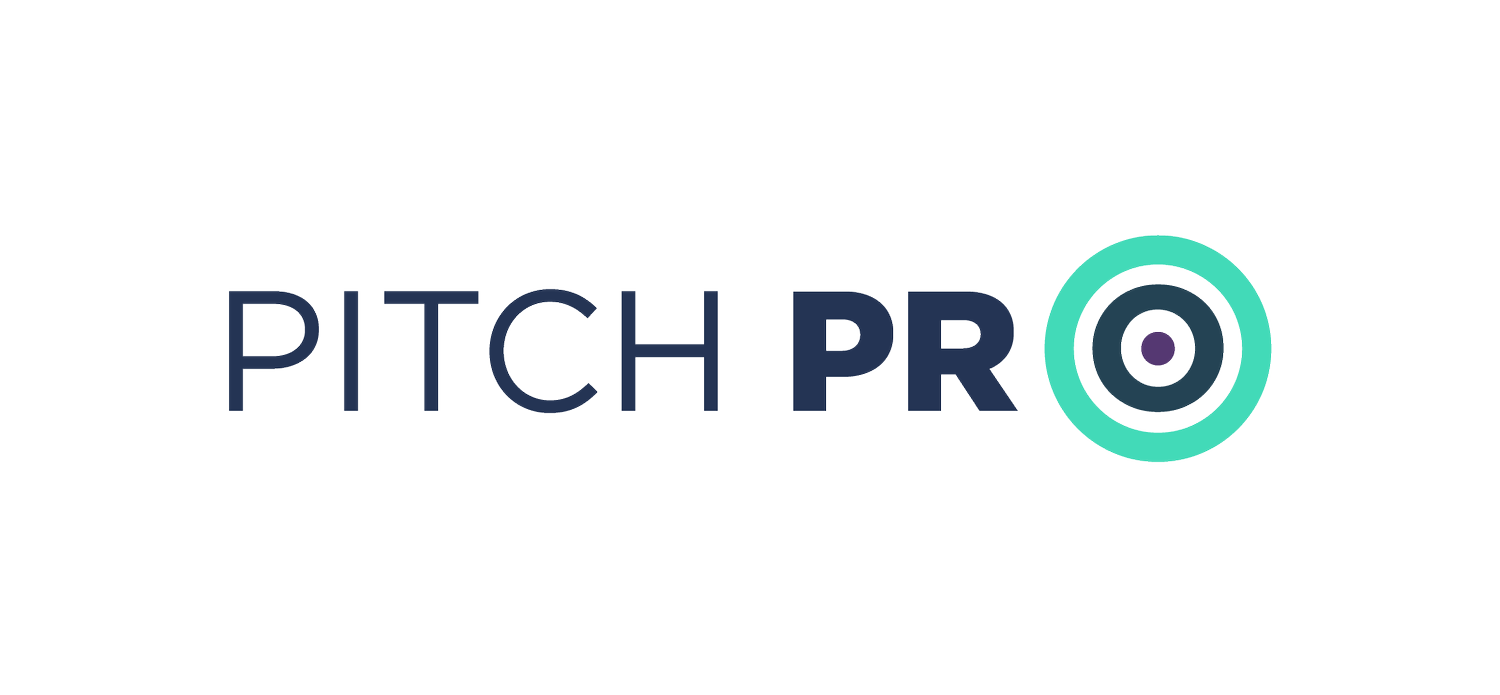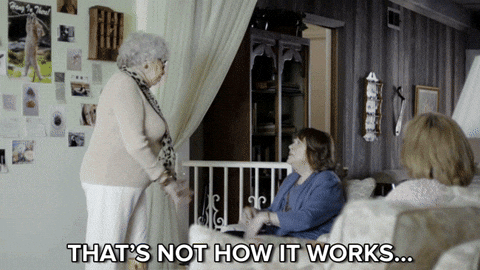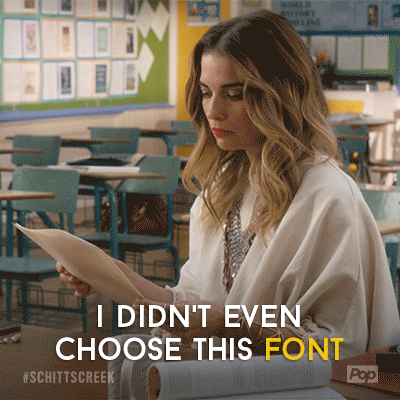Why PR Isn't Marketing on a Budget
I took a workshop last week where the presenter talked about marketing on a budget. Sure, I know marketing, but it’s always interesting to see what others are teaching and I’m always hopeful I’ll pick up something new in one of these classes.
Friends, this was not that class.
If you know me IRL, you know that I’m… opinionated. I can soapbox at length on the Marvel Cinematic Universe, the U.S. space program, and romance novels written with single point-of-view (especially those written in first person present).
So allow me to climb up on my marketing vs public relations soapbox for a moment and tell you what this workshop got very, very wrong (and maybe do a little mythbusting along the way.)
The lesson was: Use media coverage as marketing you don’t have to pay for.
The presenter stated that media outlets are hungry for content. Begging for content. She made it sound like all you have to do is send a reporter your story and they’ll use it.
Of course, she also said just use AI to write your press release, which – no.
Let’s dive into why if you try to use media coverage as marketing you’ll waste your time and energy on something that won’t get results.
First, media coverage isn’t marketing. Public relations isn’t marketing. If you send a press release that is selling something, it will go in the trash because (say it with me) media isn’t marketing.
Media outlets want you to buy ads; it’s how they stay in operation. So of course they’re not going to just give away that kind of promotional coverage. Asking a paper to advertise without paying them to do so is just like asking someone to work for free.
And none of us work for free, right? (That’s a whole different soapbox.)
But ads are also fundamentally different from news stories. News informs, ads sell.
Look at what happened with the Chicago paper last week. They published a summer book roundup, which turned out to have been written by AI. We know that because all the books included were - literally - made up. (Stick a pin in the AI part of that, because we are absolutely coming back to that.)
It came to light that this roundup was part of a sponsored insert, not produced or reviewed by the paper’s staff. It was advertising, just not clearly marked as such. Readers were angry that they were being sold something as “news” that was actually advertising.
Sponsored content happens, and it’s not a bad thing when it’s clearly marked and presented as such. But organic news stories are not unpaid advertising and trying to use them as such is a fast way to get blacklisted by media outlets. Cision’s State of the Media report said that 59% of journalists surveyed said that pitches that sound like marketing brochures will get the person who sent that pitch blocked.
There can be overlap in news story and promotional content, but the news part has to come first. For example, an organization I work with wants to promote ticket sales to an upcoming event. The media pitch isn’t about the ticket sales; we focus on another timely, relevant story. And when the reporter asks “how can the community support you” or “is there anything else we should know,” mention that the event is happening, tickets are available, we’d love to see you there.
Second, media outlets may be hungry for content, but not just any content. If you’re not giving them a story they can use, they won’t use it.
What are they looking for?
Why does their audience need to know about this story right now, and why are you the right person to tell that story.
Here’s the real truth. Media outlets are overwhelmed with content pitches. In surveys reporters say that they get 50 or more pitches every week. That’s on top of assignments from their editors or their own ideas. They don’t need more content ideas, they need targeted, timely, and relevant stories.
Third, don’t use AI to write your press release or your pitch email.
No, really. Just don’t.
If the ethical and environmental impacts of AI don’t concern you, then here’s a reason that should: If you use AI to write your press release, the reporter most likely won’t use it.
See above re: Chicago Sun Times book roundup.
But, Sarah, they did use that one!
Yes. And they’re paying for it.
The writer issued a public apology. The paper issued a public apology. The paper’s staff and their readers are mad. All they got from using an AI-written article was lost trust with their audience and a bad reputation.
This particular piece of content made it through the filters because it didn’t go through the normal editorial process. It was advertising content, not news, so it wasn’t reviewed by the news department. We’re talking about pitching unpaid content and according to the same Cision report mentioned above, 41% of North American journalists are strongly opposed to using AI-generated pitches and press releases and another 25% prefer them to be written by humans. Only 10% said that they were strongly or somewhat in favor of using AI for pitches and press releases.
Maybe you’ll get lucky and hit the one in 10 that’s okay with AI, but I’m not a fan of those odds.
Media coverage is a fantastic way to get your name out there and increase your brand recognition, but it is not the same thing as marketing. If you try to use media coverage as no-budget marketing, the only result is likely to be media outlets that mark your emails as spam.
Here’s how to get media coverage that works:
First, think of it as a long game. A news article likely won’t generate immediate sales, but it builds recognition and trust so that somewhere down the road, when a potential customer needs your service or product, they will come find you.
Second, build relationships with reporters. Introduce yourself by email or on social media and offer to be a source or help them find a source in your field of expertise. Send them tips. Do your homework and understand why that reporter is the right person to pitch, and let them know that you know who their audience is.
Third, pitch relevant and timely news stories. What’s the story that only you can tell and why is it important to that outlet’s audience at that moment?
Remember that media isn’t marketing, but you can use PR to build your brand, grow your audience, and establish trust so that when you put marketing in front of that audience, they’re ready to buy.


